In an industry full of big talk and bigger promises, it’s always refreshing (or sad, depending on your mood) when someone finally admits they couldn’t pull it off. That’s what happened this week when Atomos officially gave up on its big, shiny dream: the 8K full-frame global shutter sensor known as Sapphire F8. As first reported by PetaPixel, the company is pulling the plug. Reason? Too expensive. Not practical. Game over.
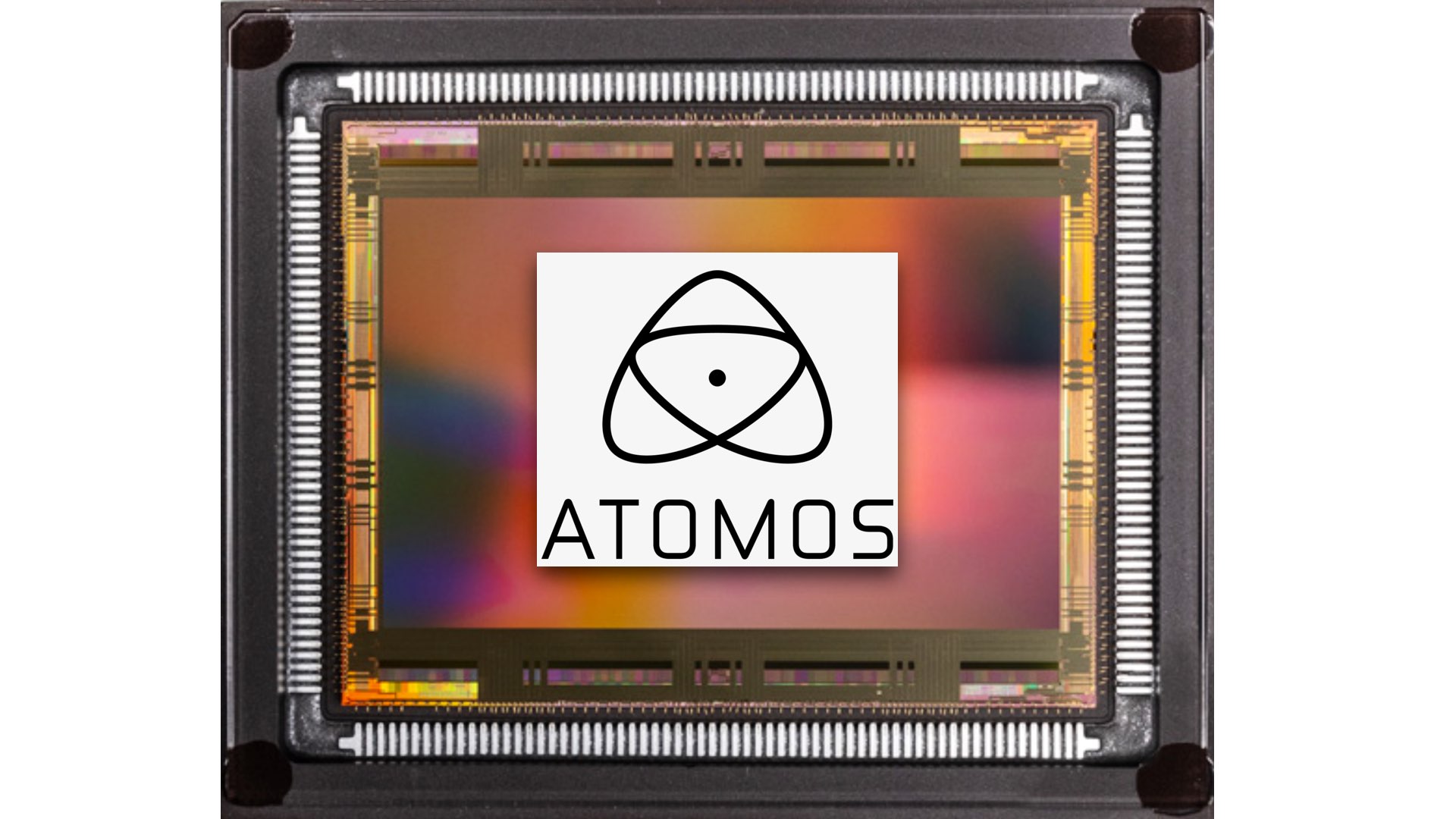
The Dream Sensor That Never Happened
Let’s rewind to 2022. Atomos came out swinging with a crazy announcement: they were building their own sensor. And not just any sensor — a full-frame, global shutter, 8K beast that could shoot 60fps and deliver 15 stops of dynamic range. We covered it at the time in Atomos Introduces Sapphire Sensor: Full-Frame 8K 60FPS Global Shutter and 15 Stops of DR. It sounded amazing. Almost too good to be true. (Spoiler: it was.) Here’s the thing though — Atomos has always been the monitor and recorder guys. They make gear that helps cameras, not the cameras themselves. So when they suddenly said, “Hey, we’re building a sensor now,” a lot of people in the industry went, “Huh?”
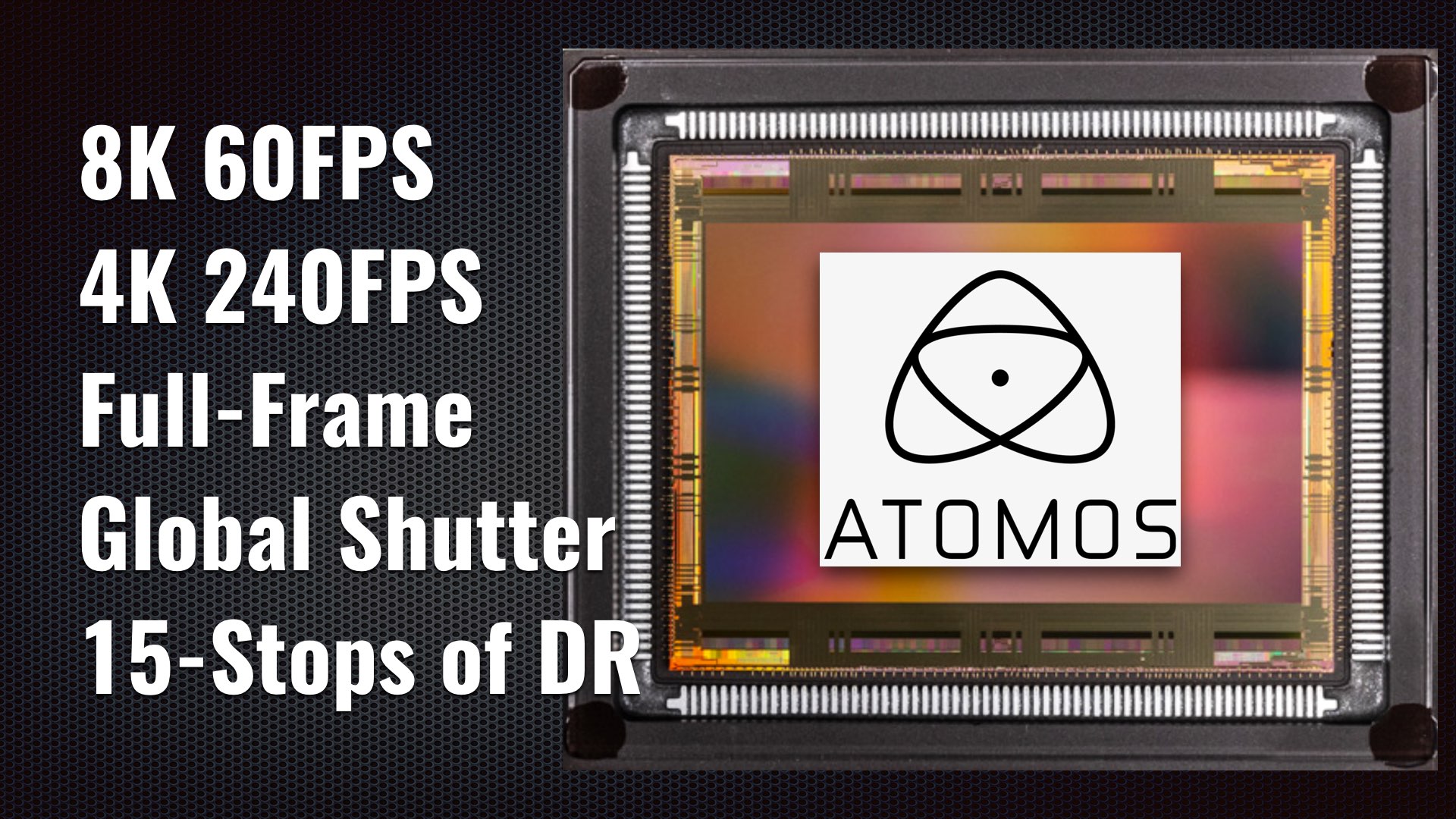
Awards Without Results
In 2023, the Sapphire sensor hadn’t shown up in any real product yet. Still, it won Innovation of the Year. Seriously. We covered that in Atomos’ New 8K Global Shutter Sensor Won Innovation of the Year. Winning awards for things that don’t actually exist yet? Welcome to the camera world. We stayed hopeful though. In The Sapphire 8K Global Shutter Sensor Might Become Atomos’ Saver, we talked about how this could be their big comeback. Something bold. Something new. Something… real. Turns out, it never made it past the drawing board.
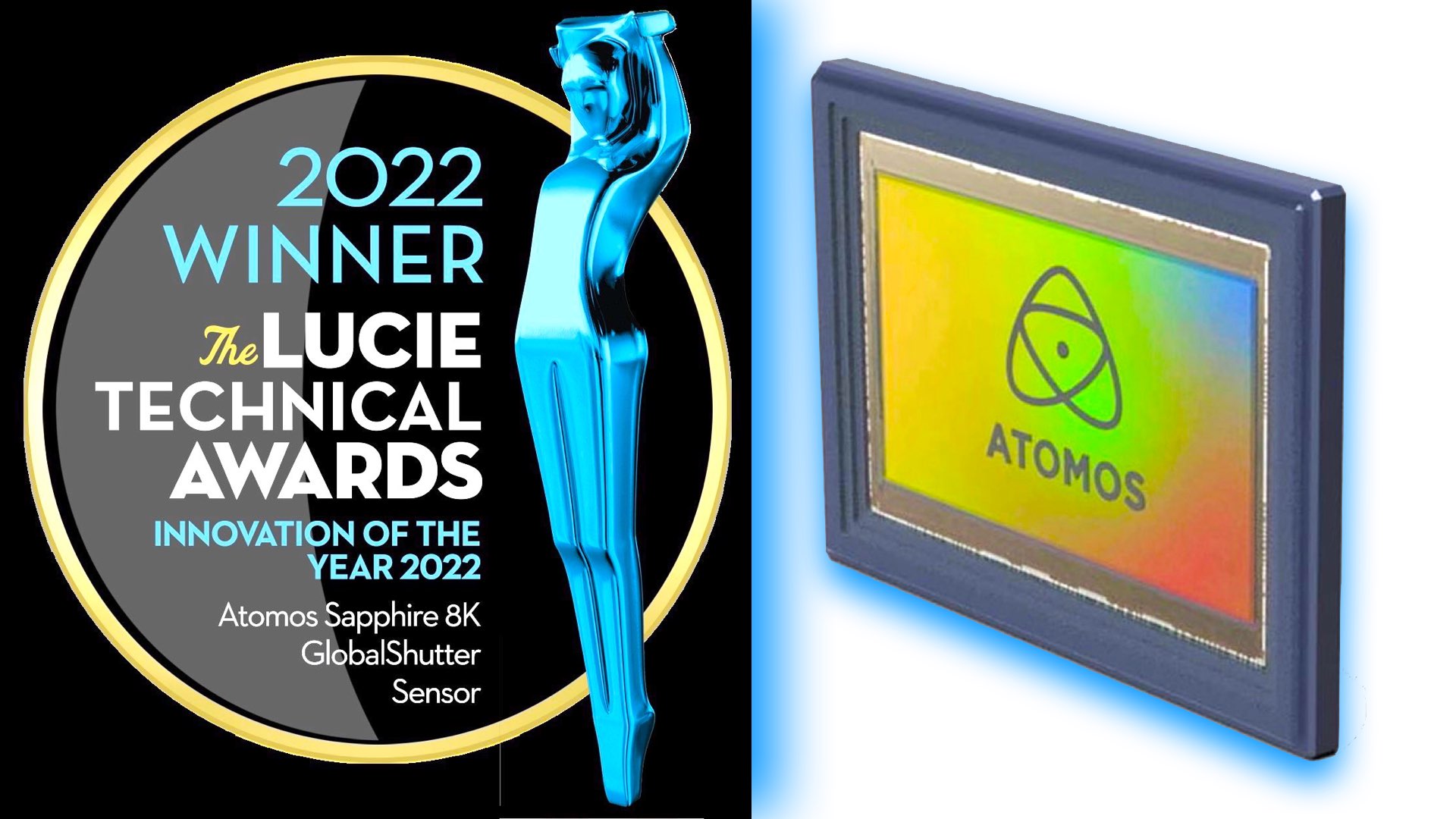
Why It Died
So what happened? Simple: it cost too much. It was too complicated. And Atomos — despite the hype — didn’t have the money, experience, or muscle to take on giants like Sony or Canon in the sensor game. Making a high-end sensor isn’t like slapping together a monitor or a recorder. It takes years, millions of dollars, and teams of engineers who’ve lived and breathed sensor tech for decades. Atomos just wasn’t built for that.
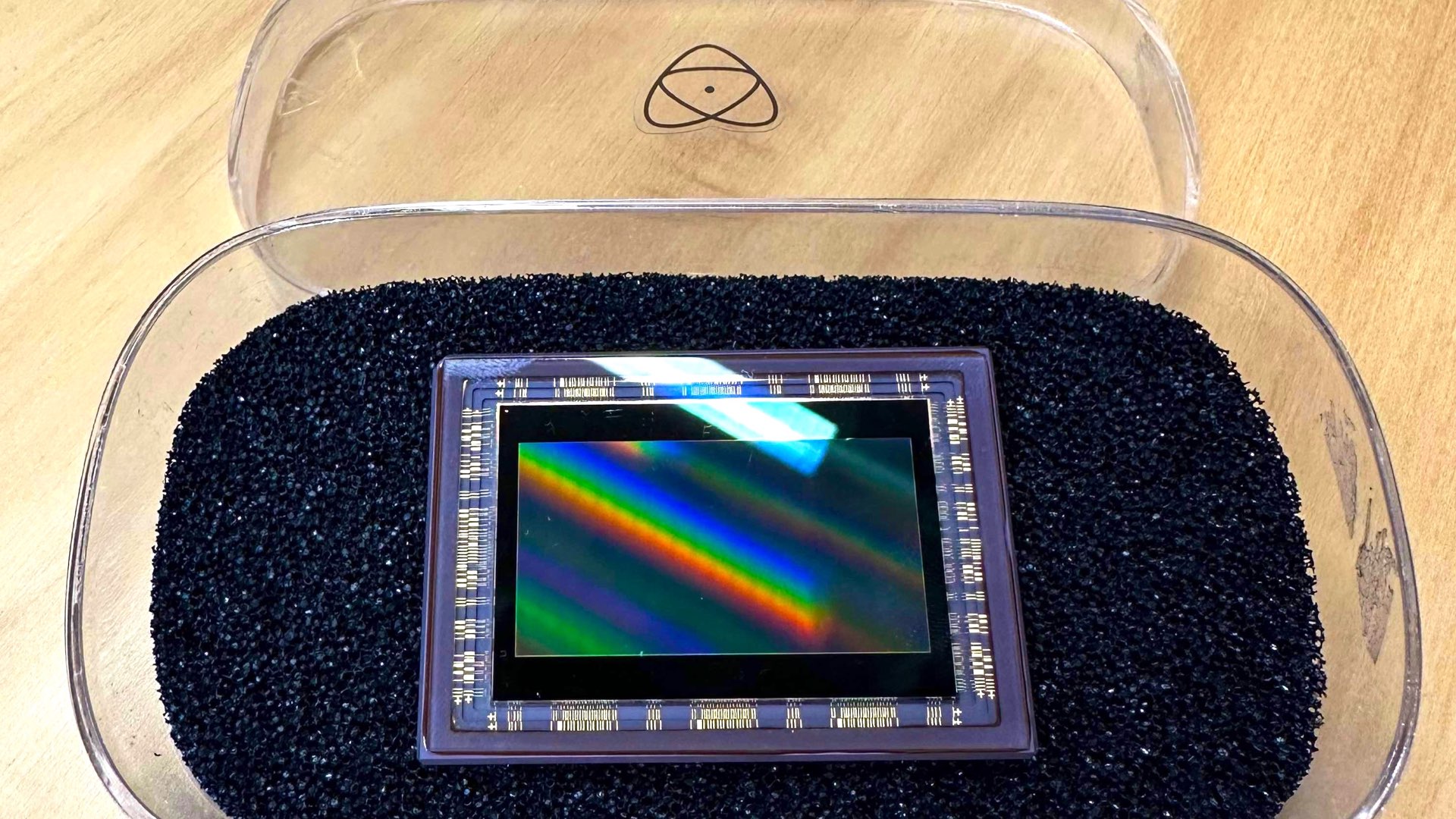
Lesson Learned
Here’s what we can take from this:
-
Good ideas aren’t enough. You also need the power to make them real.
-
Awards don’t mean much. You can win “Innovation of the Year” without shipping a thing.
-
Global shutter is still the holy grail. But not everyone can afford the treasure hunt.
This isn’t the first time a company dreamed big and crashed hard. And it won’t be the last.
RIP Sapphire F8
So yeah, the Sapphire F8 is officially dead. It never made it to market, never got put into a real camera, and probably never will. But for a little while, it made Atomos feel like a sensor company. At least they still make solid monitors. And you know what? That’s not nothing.

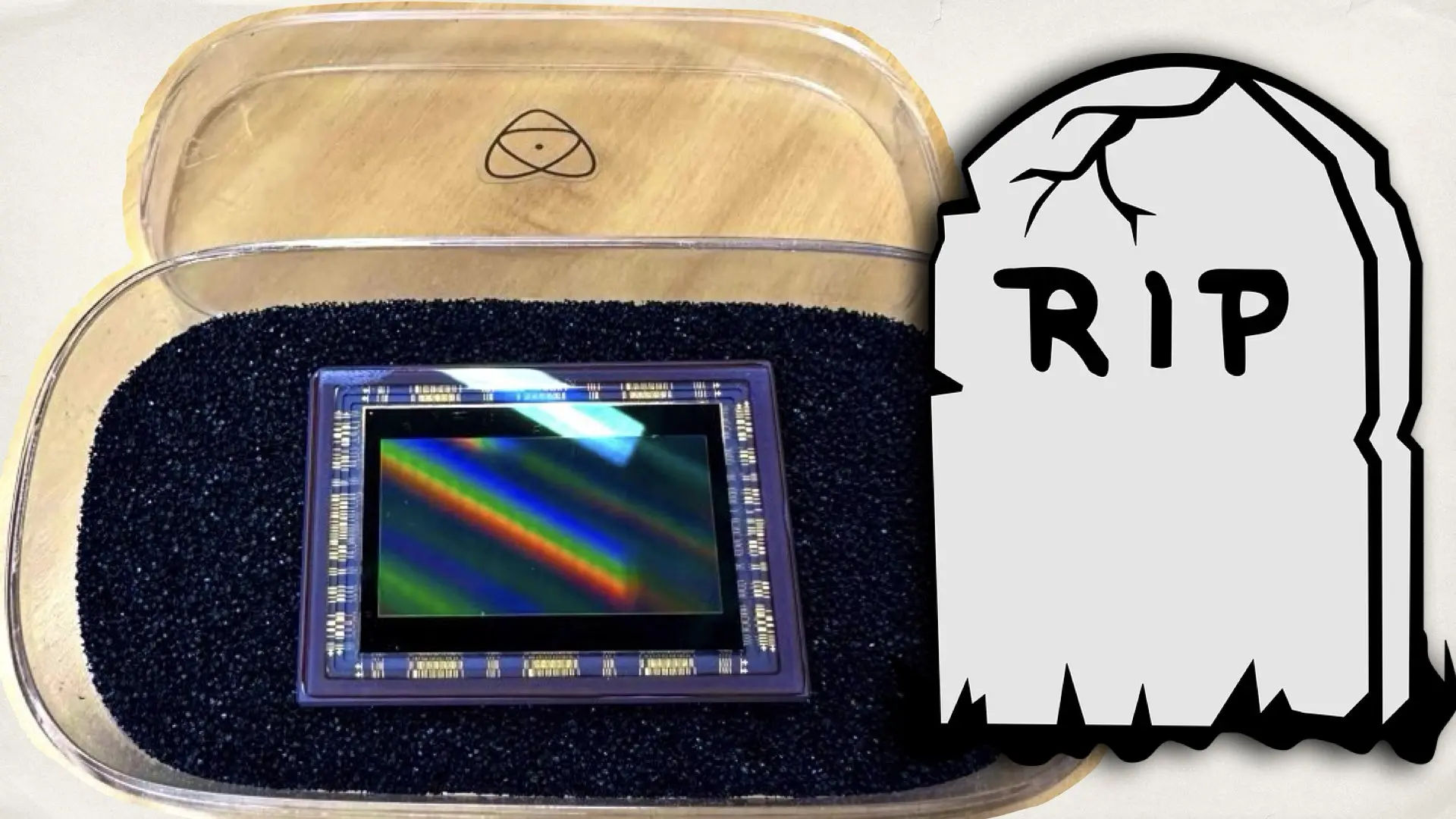
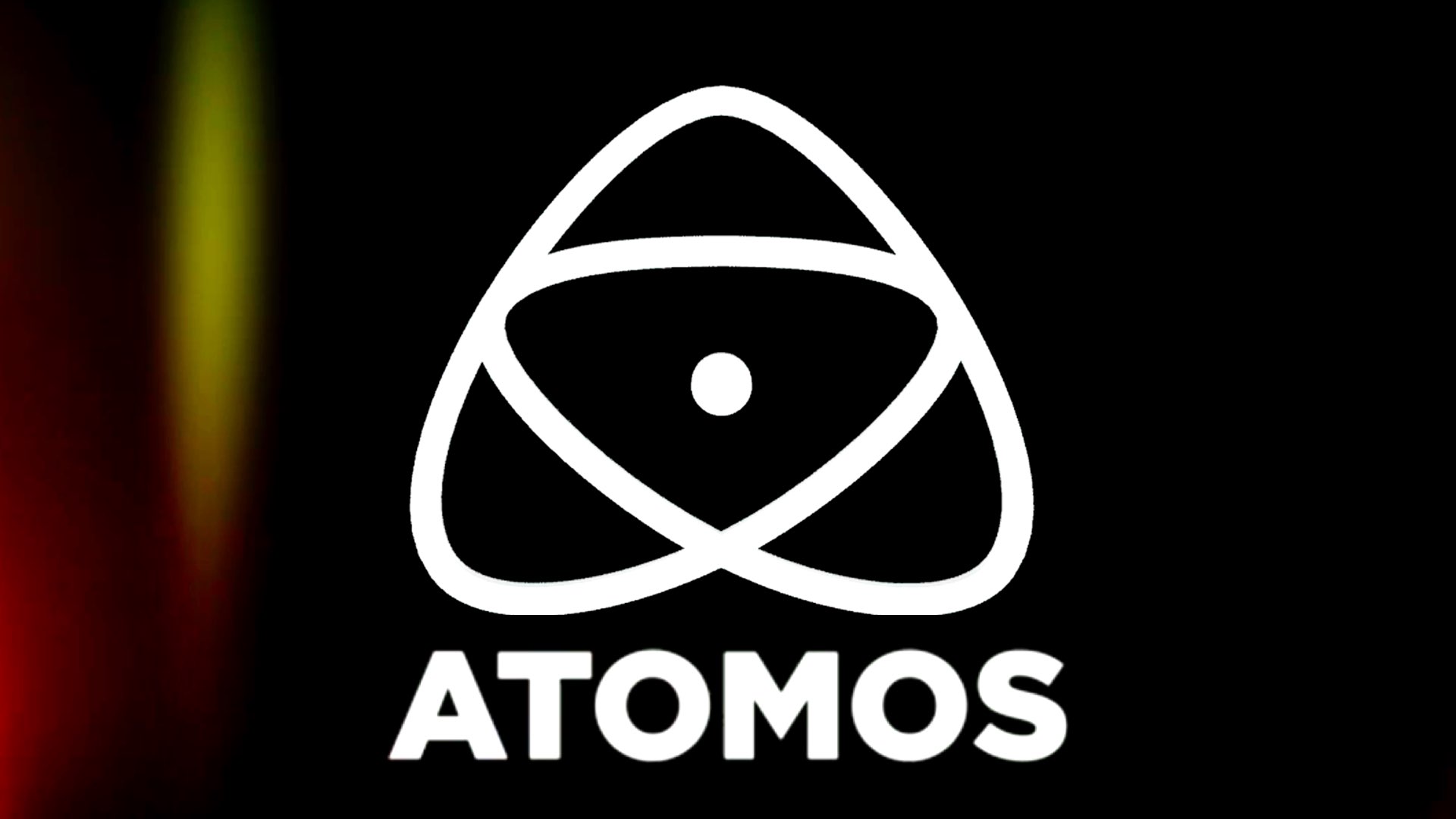
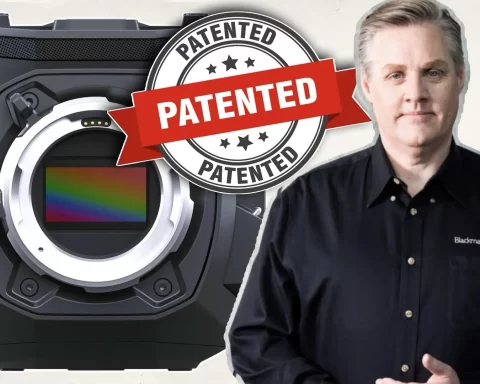
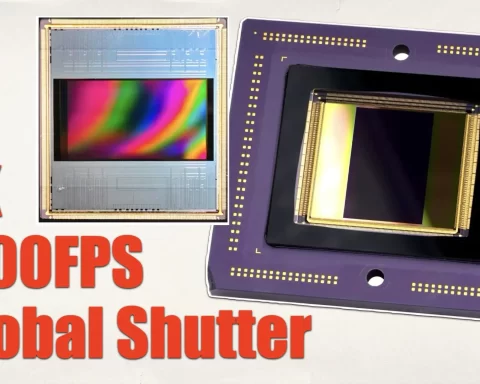
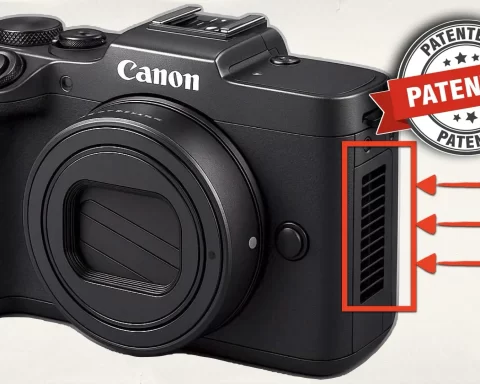
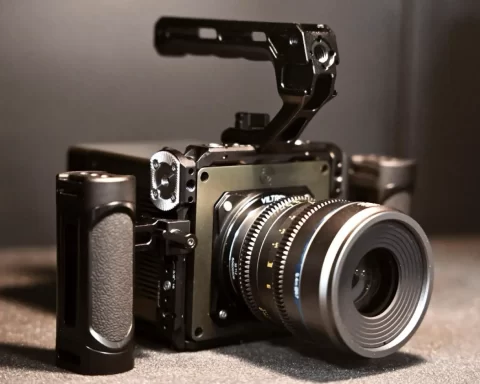
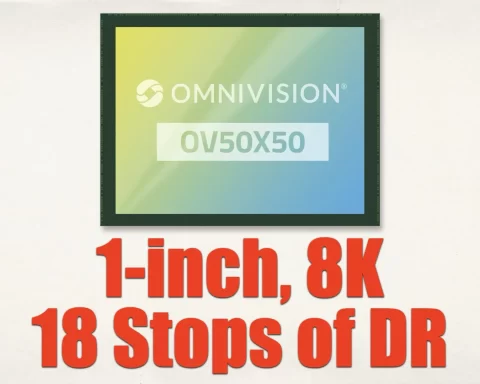
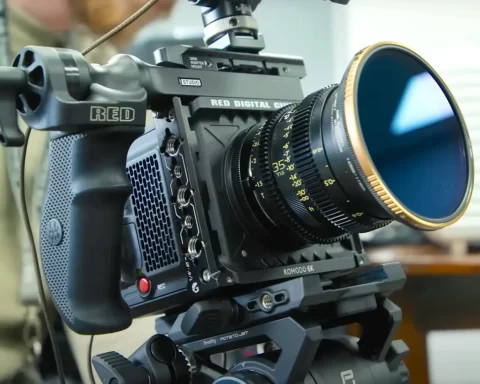
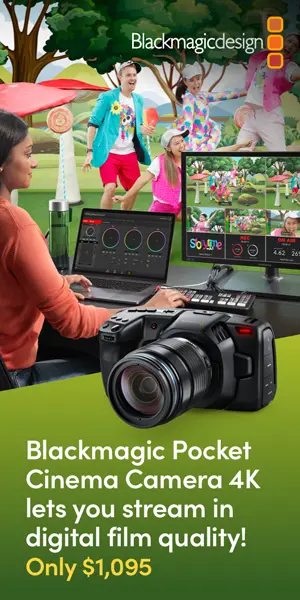
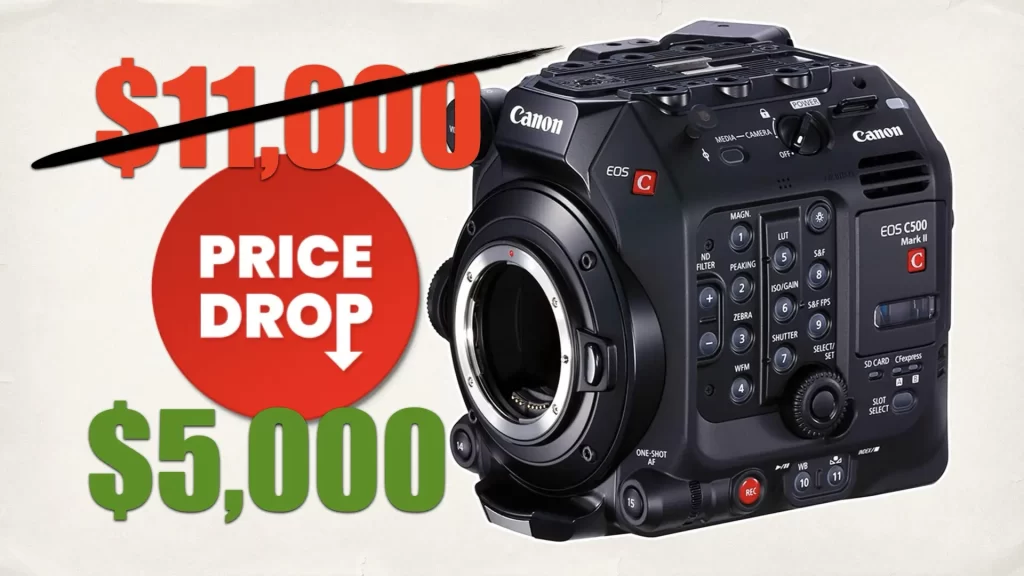
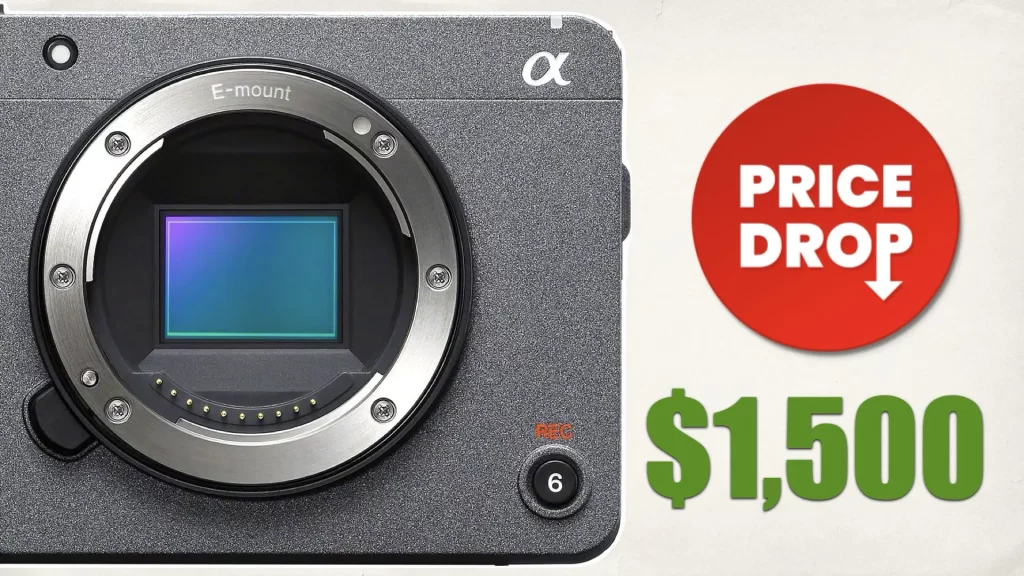
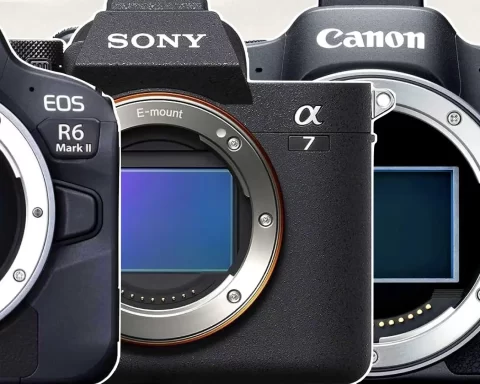
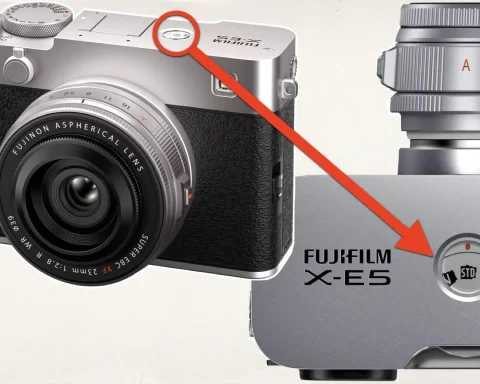
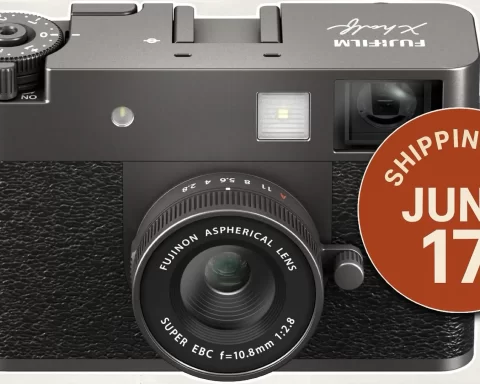
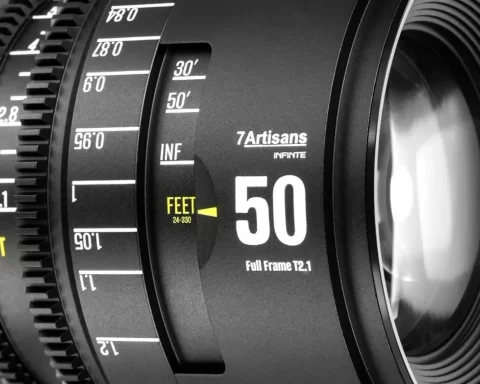
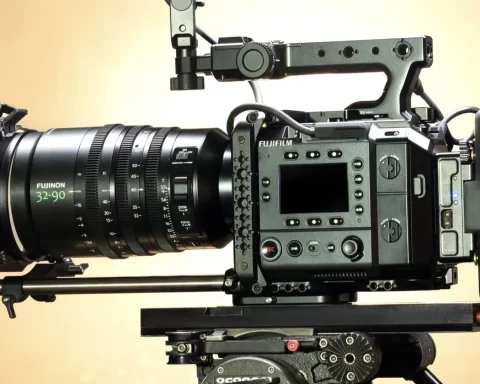
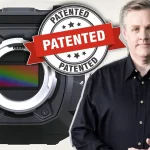

Seriously, why would it be thought aa anything much or given innovation awards? Wasnt this 12 bit in a 14 bit+ hdr era, and 15 stops is, even as ussable nice bits, thats done elsewhere for years, and even some mobile phone sensors had 14 bit modes from memory. Sony have had 8K sensors for a while, there was even an 8K camera developed with them a few years back, that didn’t ultimately get to market.
At that time, 50/60fps 16 bits 20 stop simultaneous dual gain hdr 8k, would have been something. We are approaching 32K 700mp mobile sensors. The advantage was that this was an in-house sensor they might have gained some cost advantage through.
I thought this was already developed? Are they goimg to sell the tech to gain some advantage. Often small sensor companies sell out to larger ones. Was the original plan to partner with a sensor manufacturer to get cheaper production and wider sales in other industries? However, 8k is old known tech now, and many companies could probably do their own.
Grant Petty must have found this news very satisfying for a number of reasons. For one, the founder of Atomos was an ex-Blackmagic employee that had a falling out with them. And two, Blackmagic used to be a recorder / switcher only company, now look at them with their 12K LF and 17K LF RGBW sensors in actual working cameras that are reliable to use.
Grant Petty and Blackmagic Design have taken a very different path compared to Atomos. While both companies started by serving niche needs in post-production and video assist tools, Blackmagic successfully transitioned into full-fledged camera manufacturing. Not only that, but they’ve managed to push technical boundaries with their 12K Super 35 and now the 17K LF RGBW sensors — and most importantly, these sensors are already in shipping, working cameras used in real productions. In contrast, Atomos’ Sapphire F8 remained in the development phase for years and never made it into an actual product. The fact that the founder of Atomos is a former Blackmagic employee adds a layer of irony here — it highlights how execution, long-term vision, and R&D resources make all the difference when trying to shift categories in the imaging business. Blackmagic’s success underscores a key lesson: hardware innovation is not just about bold specs — it’s about delivering real tools to real users.
THX for commenting.